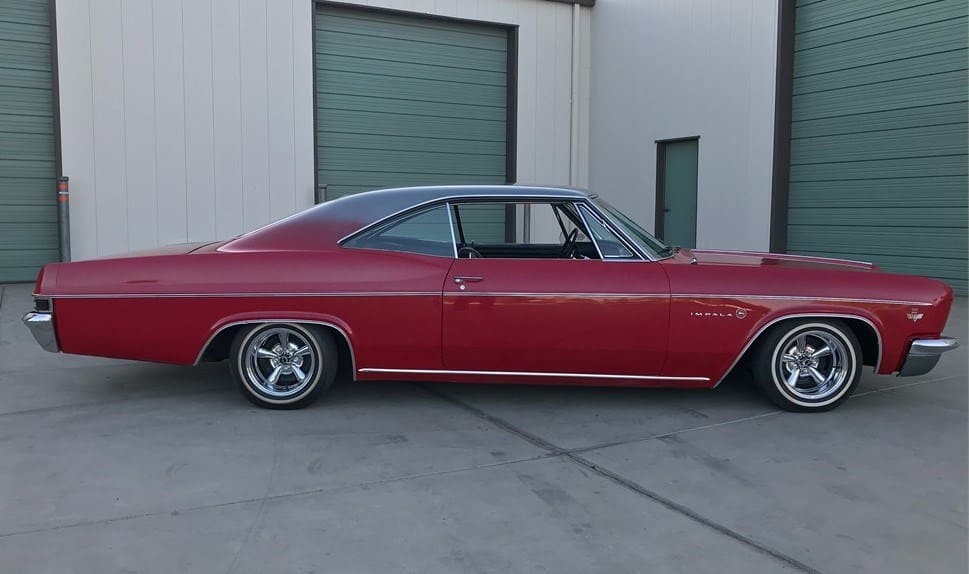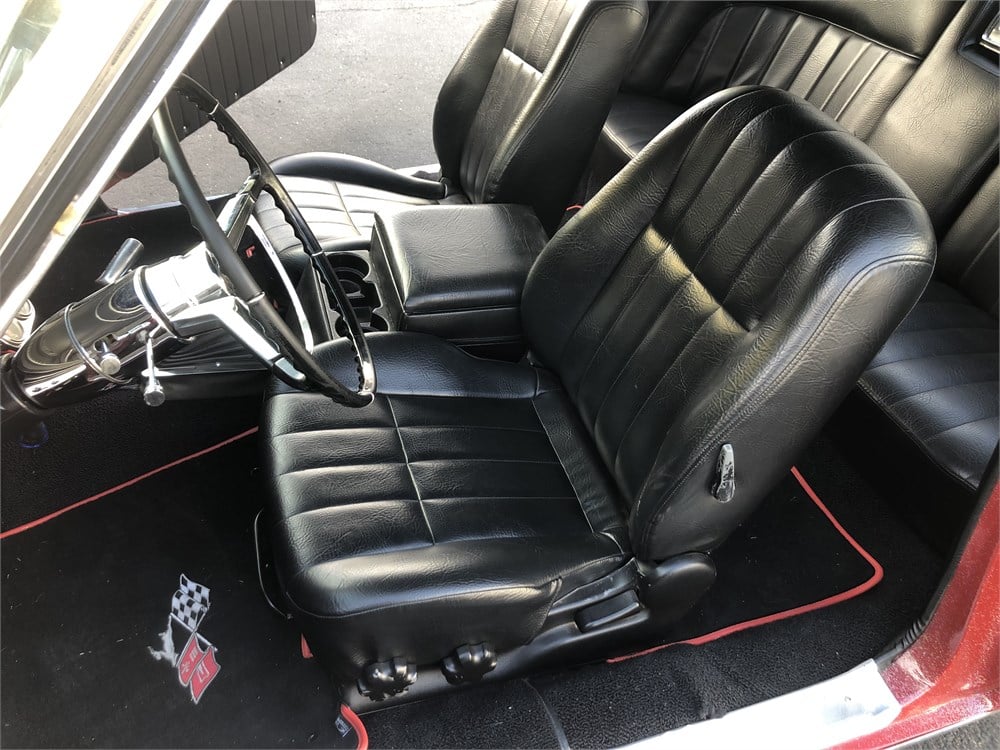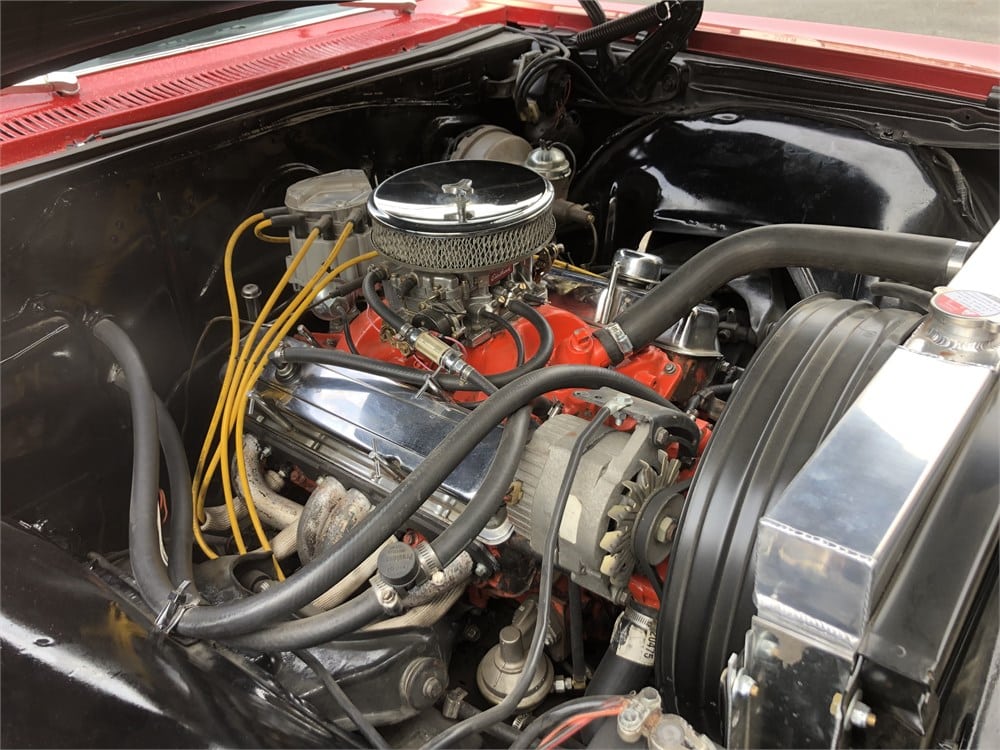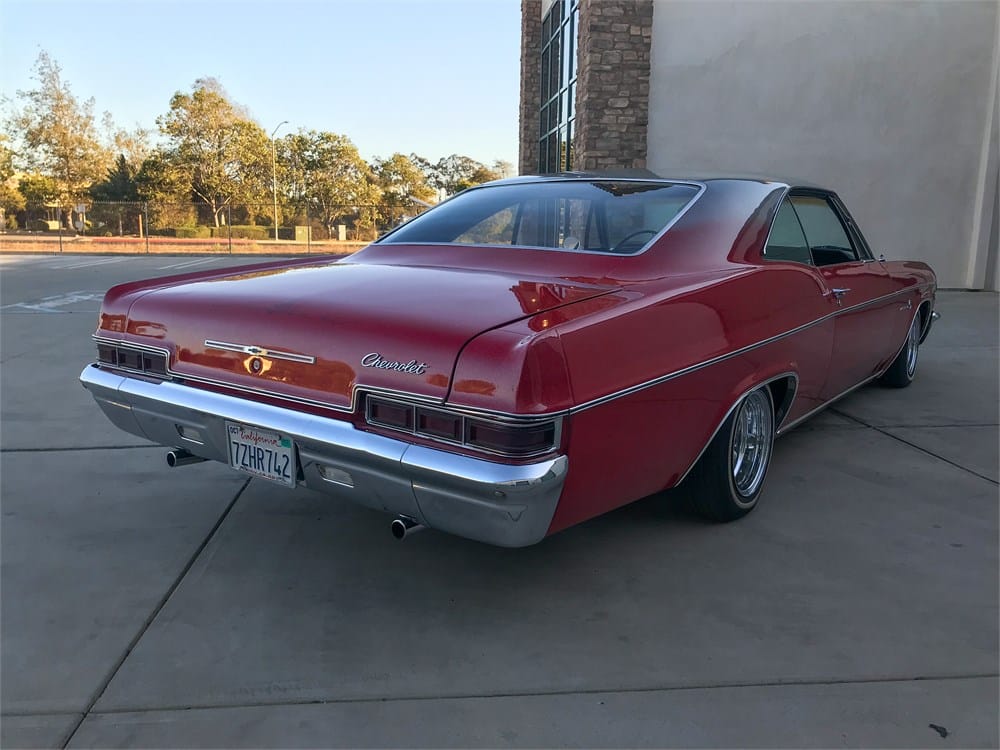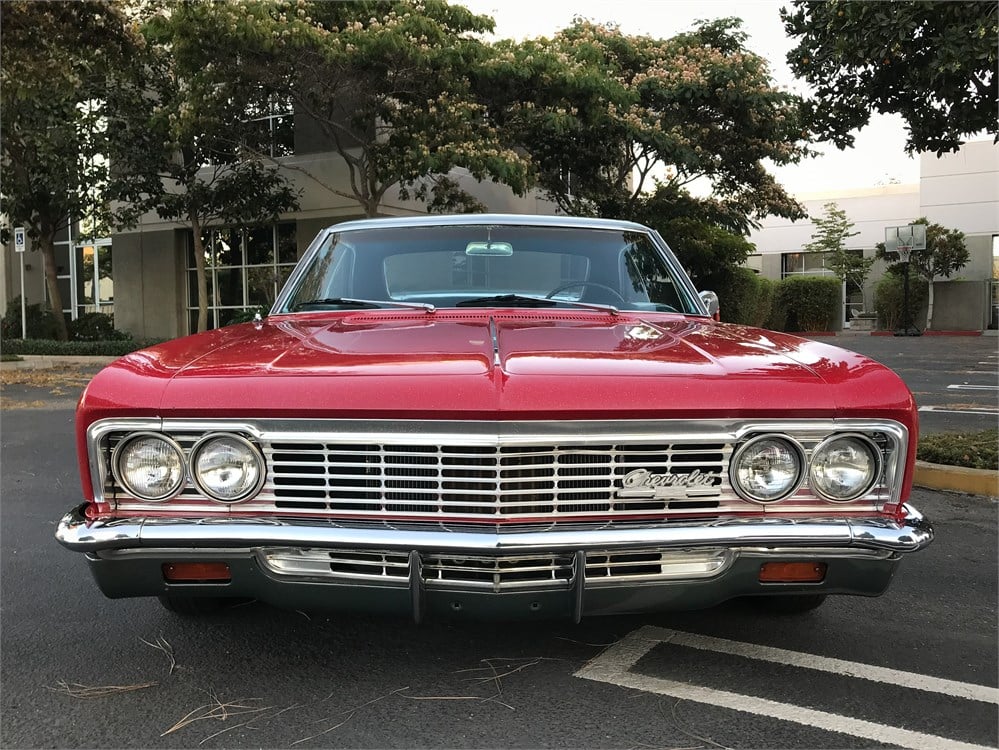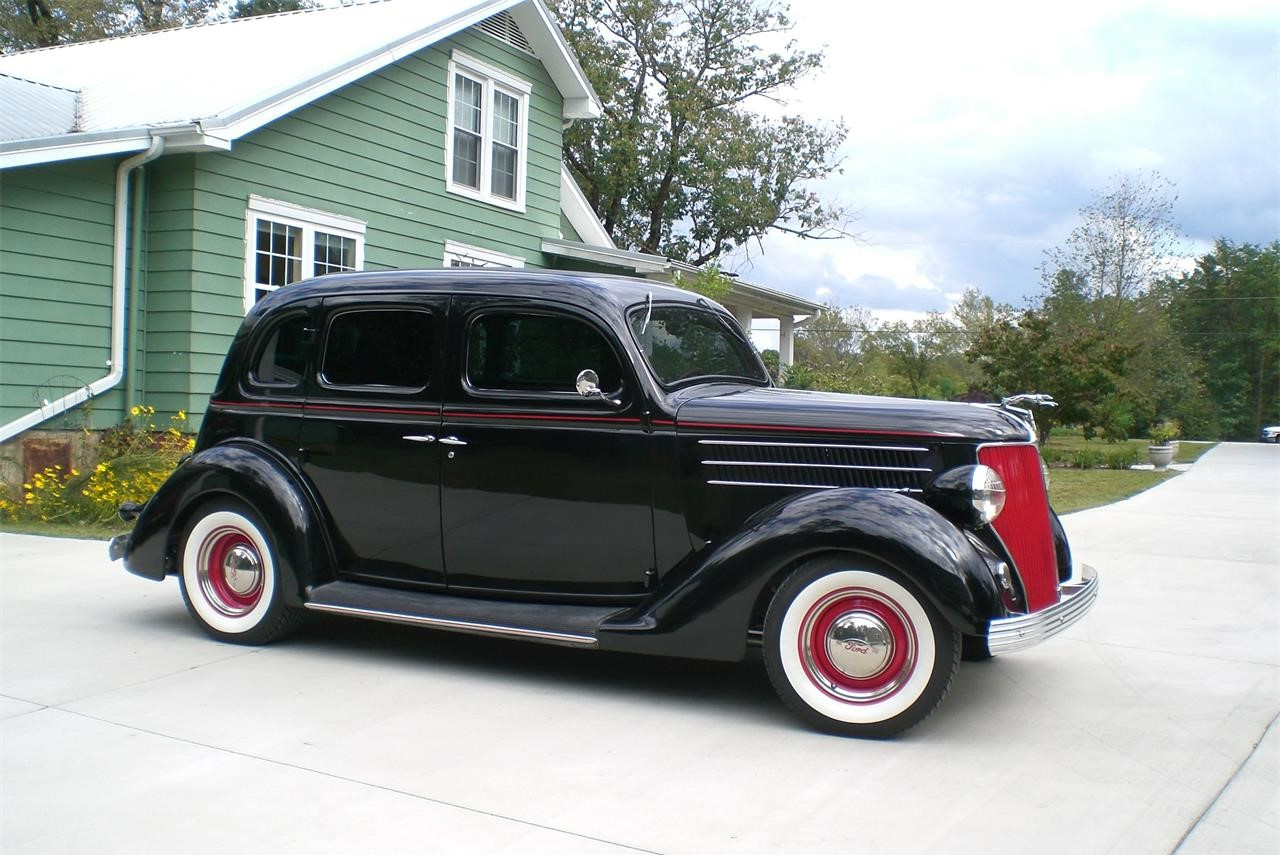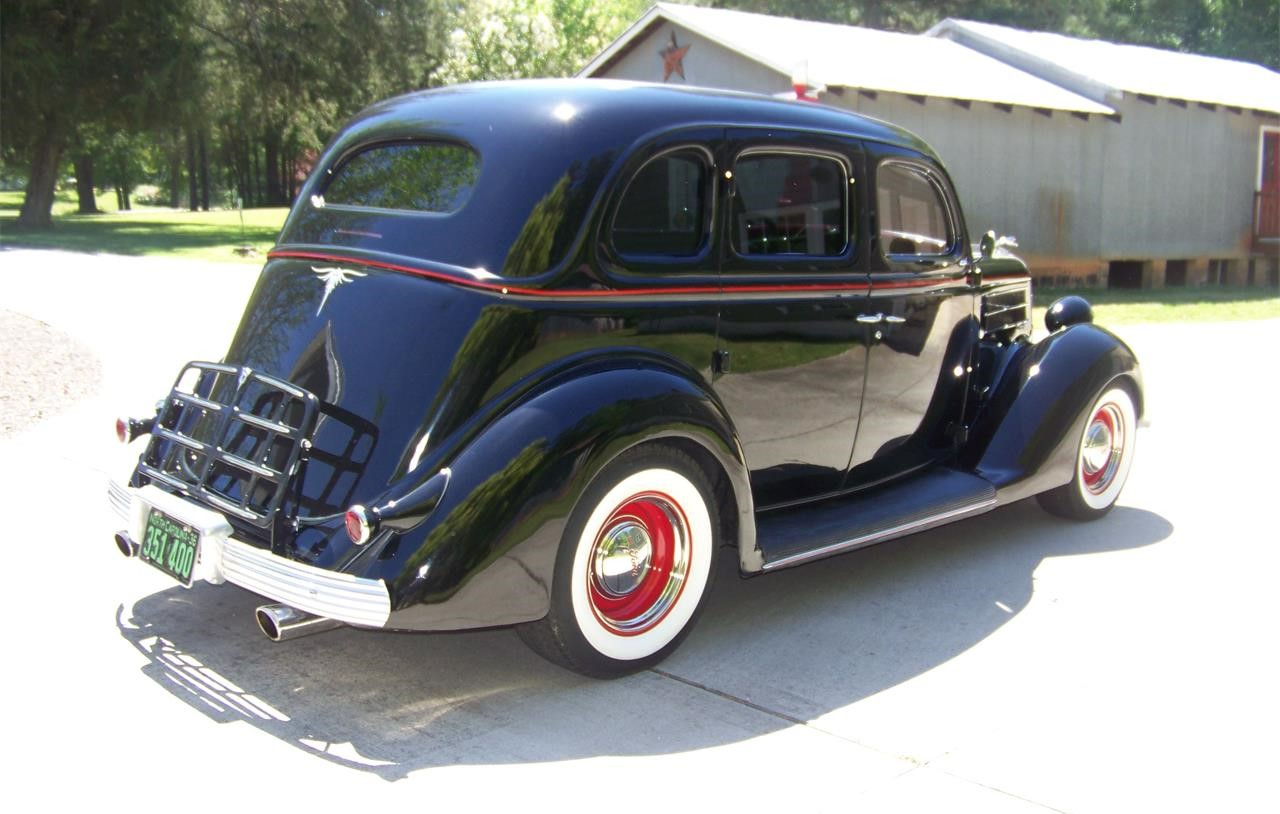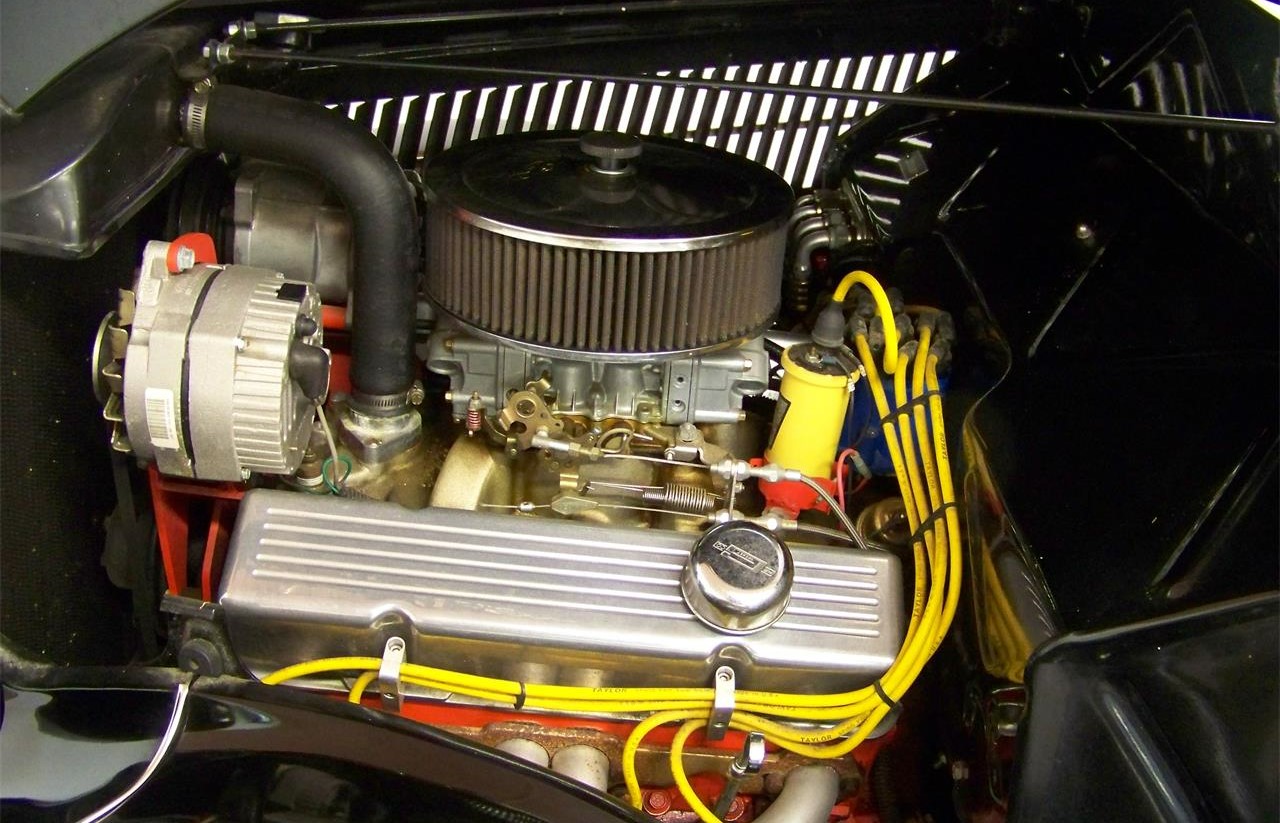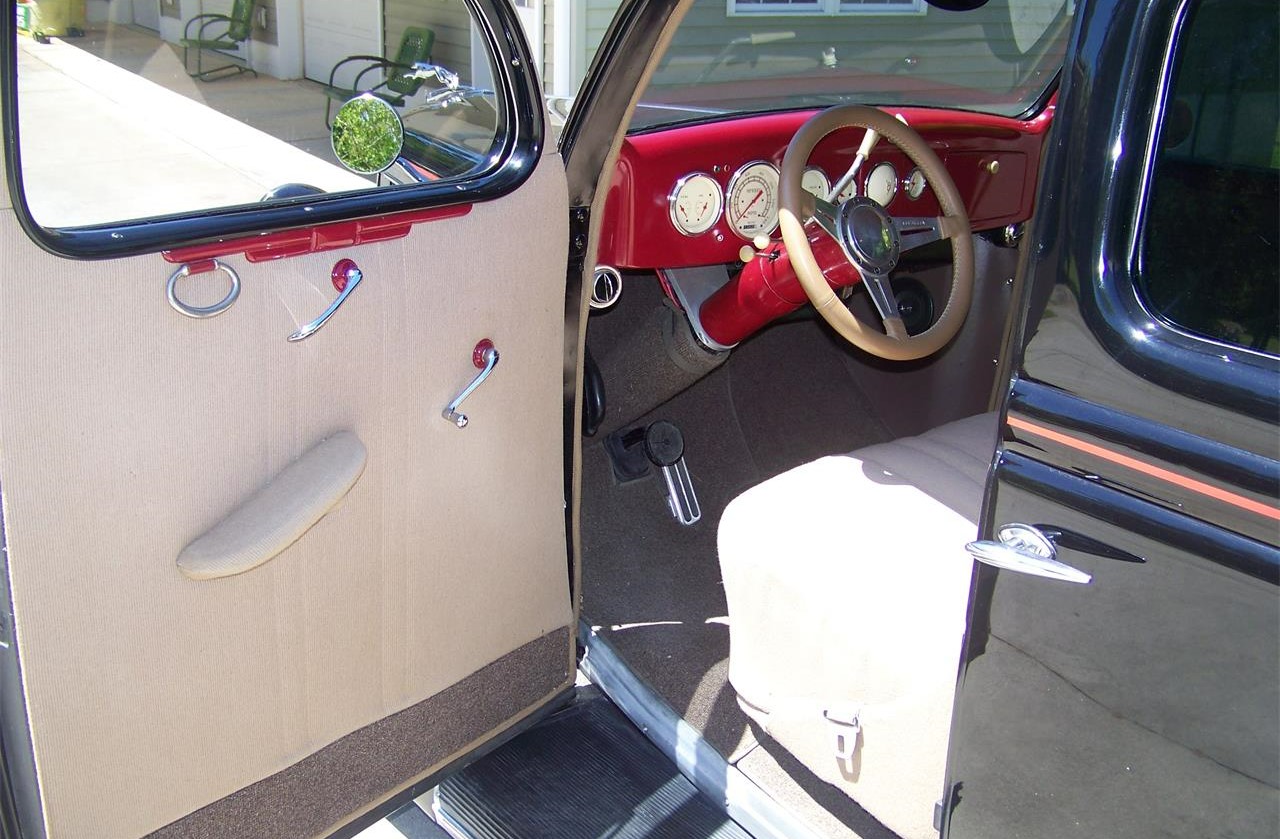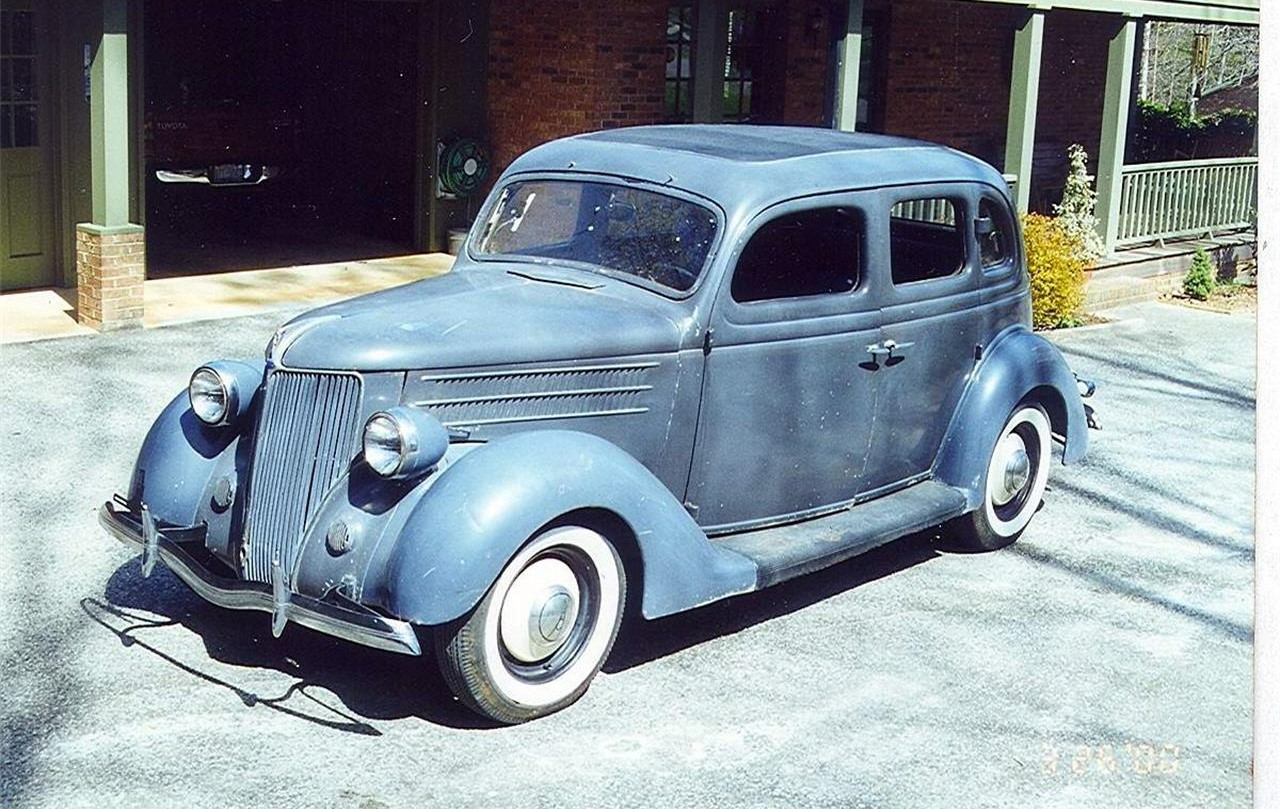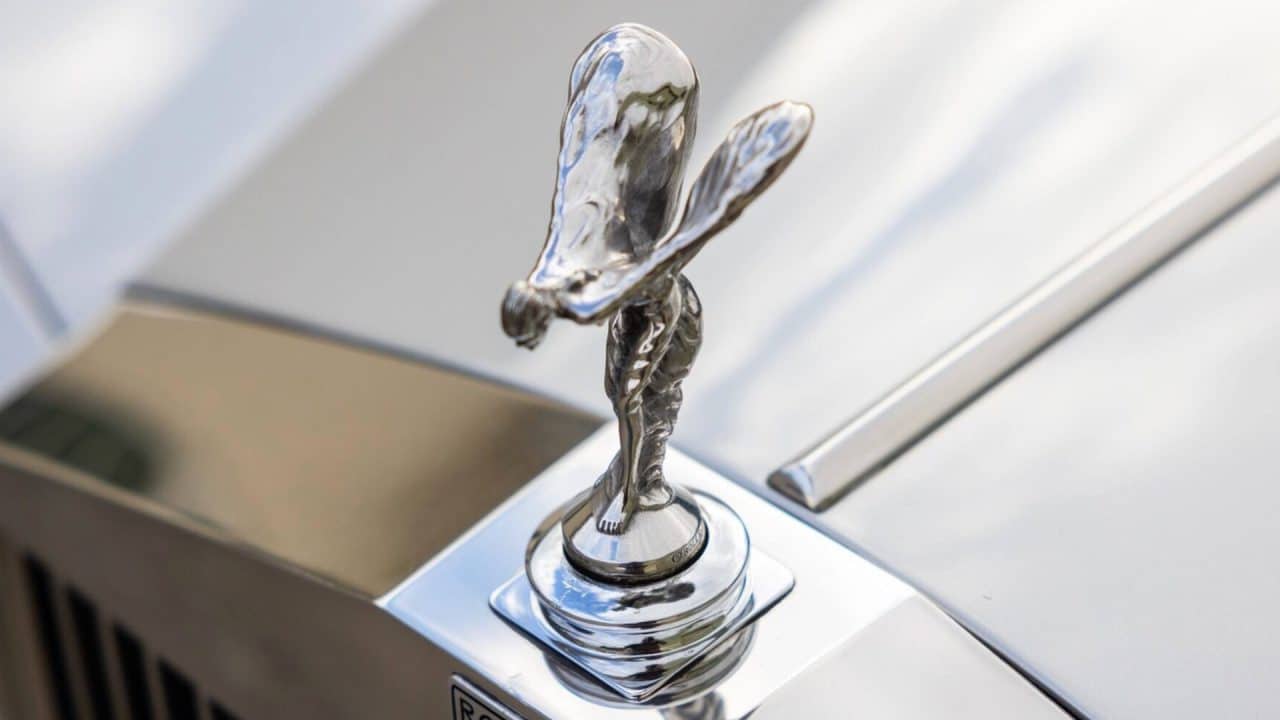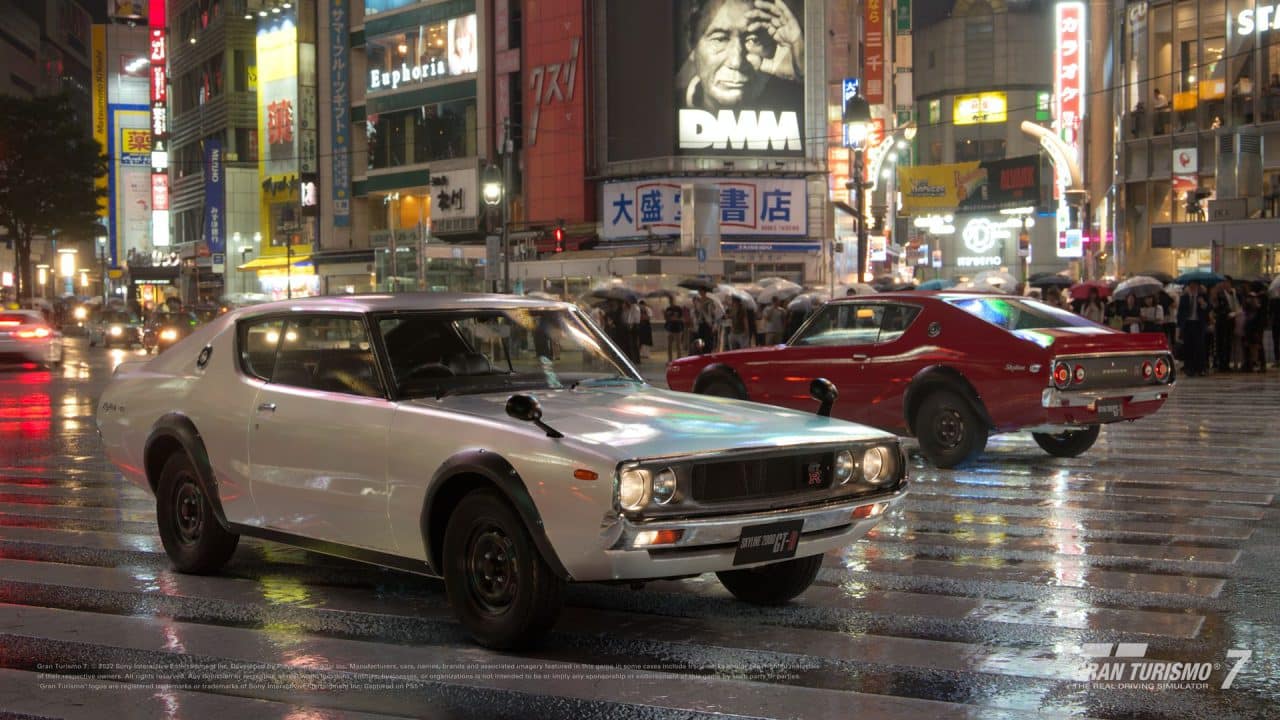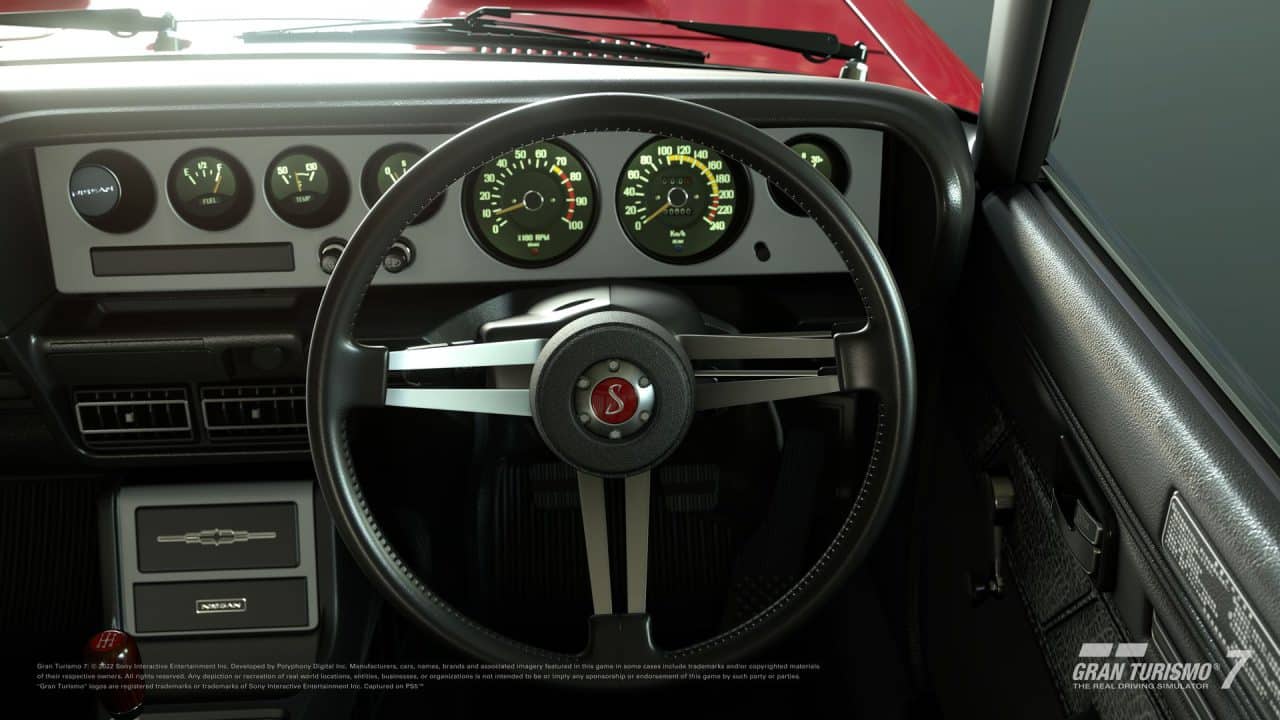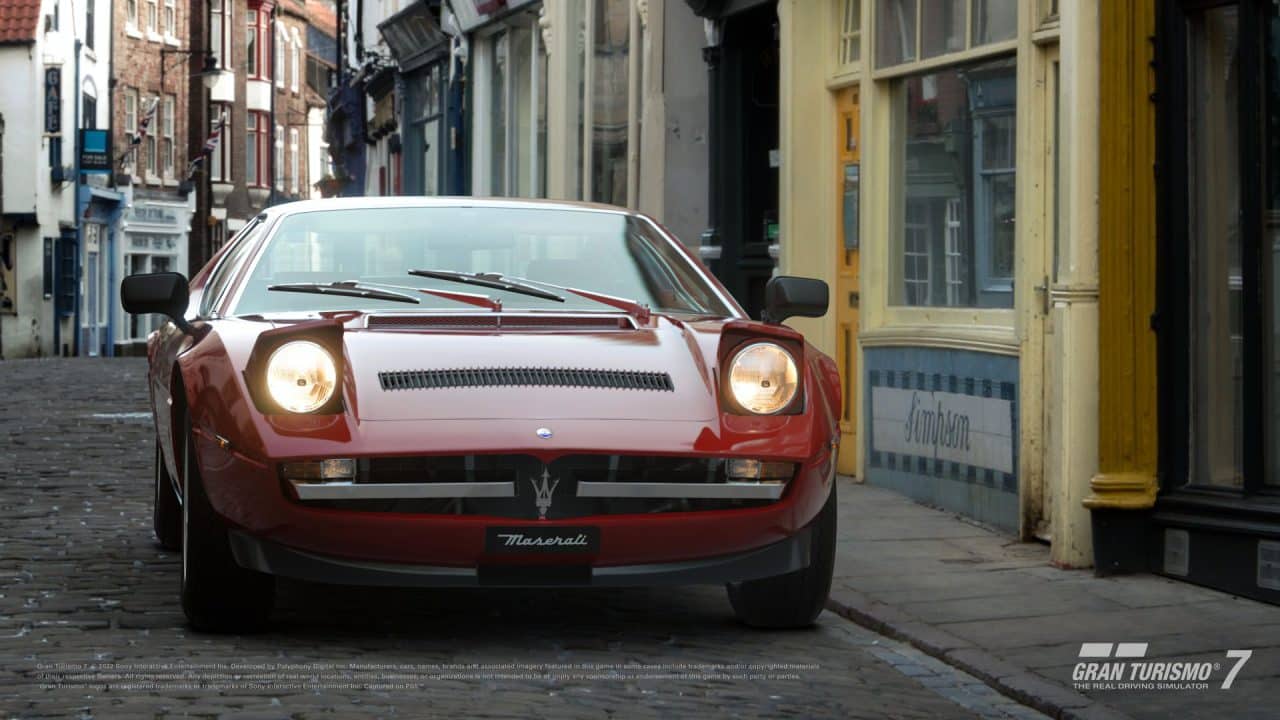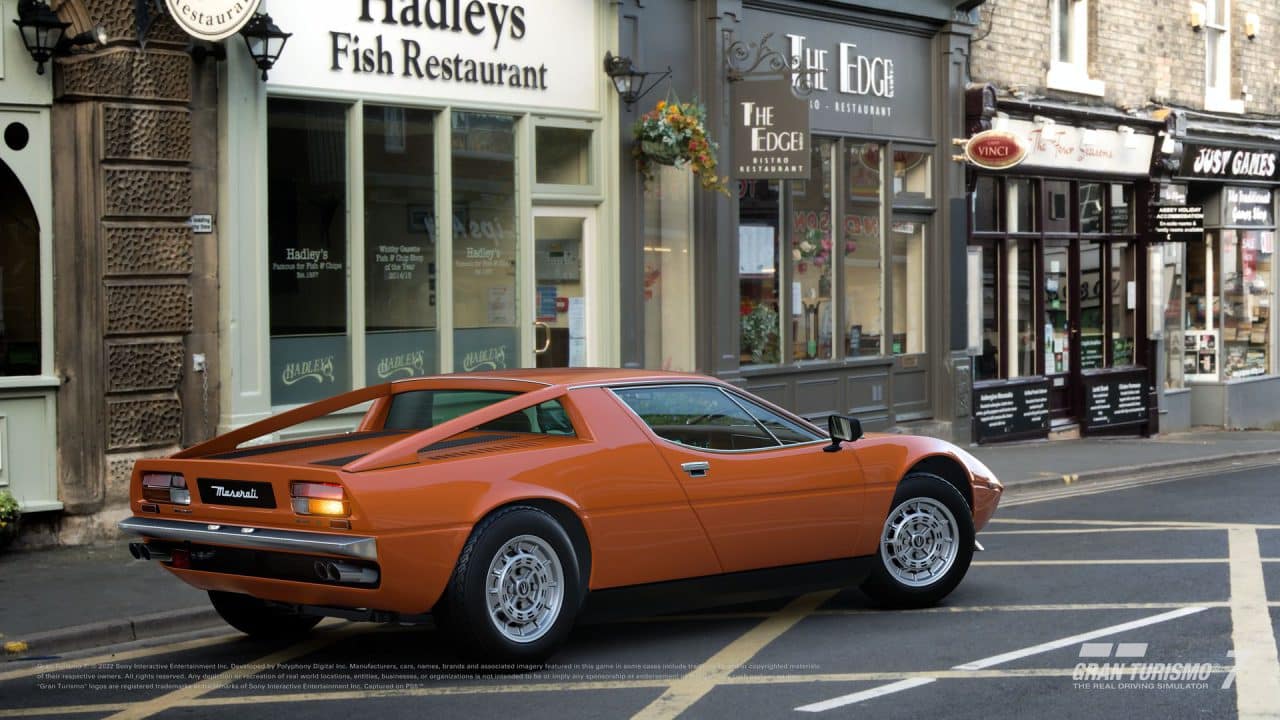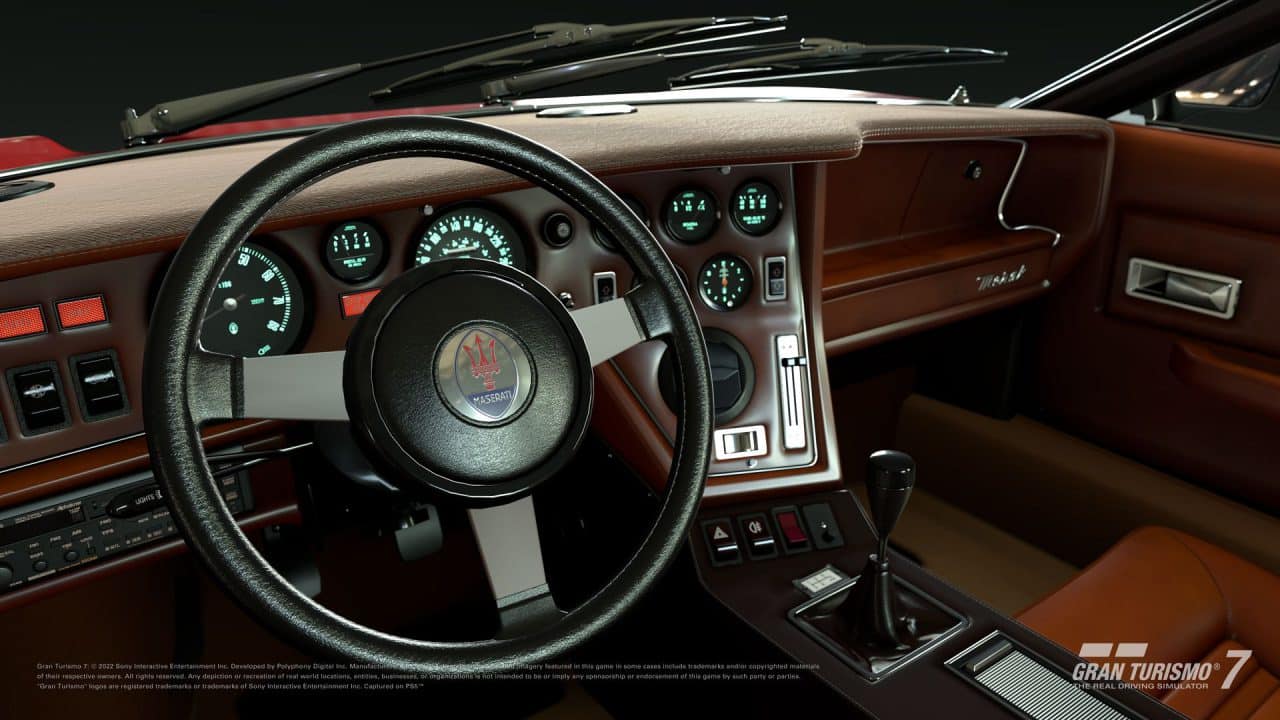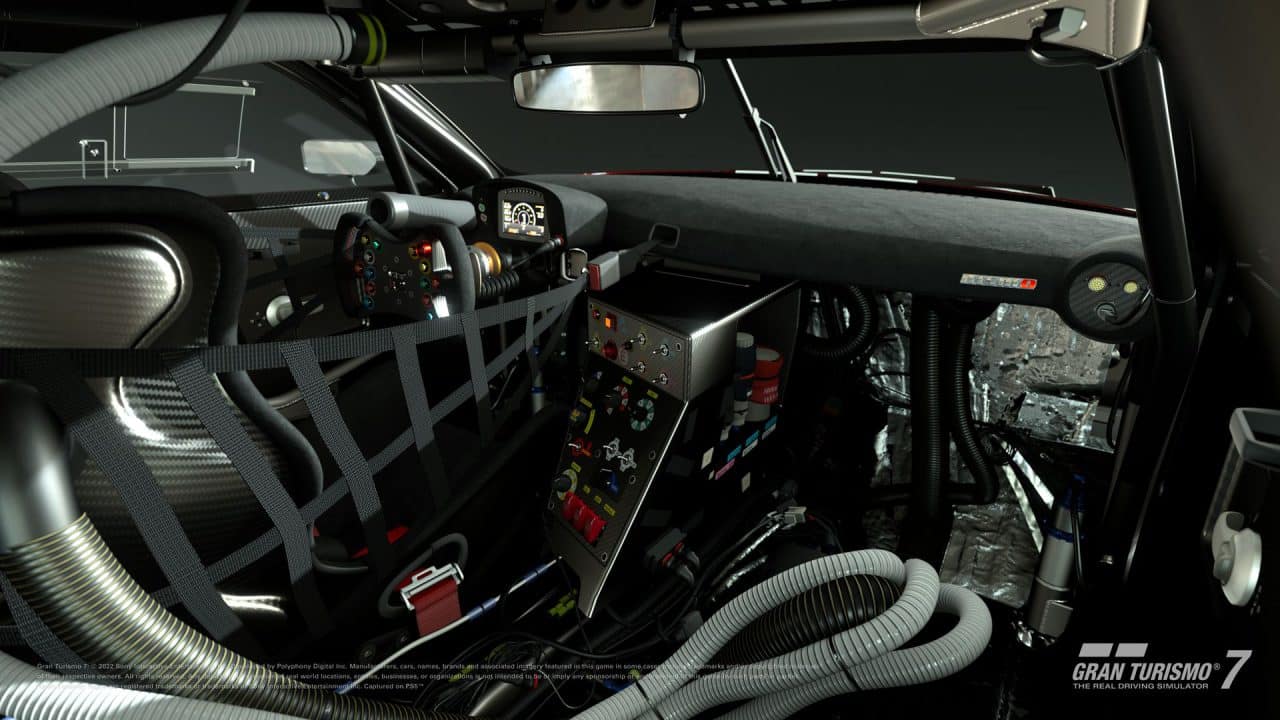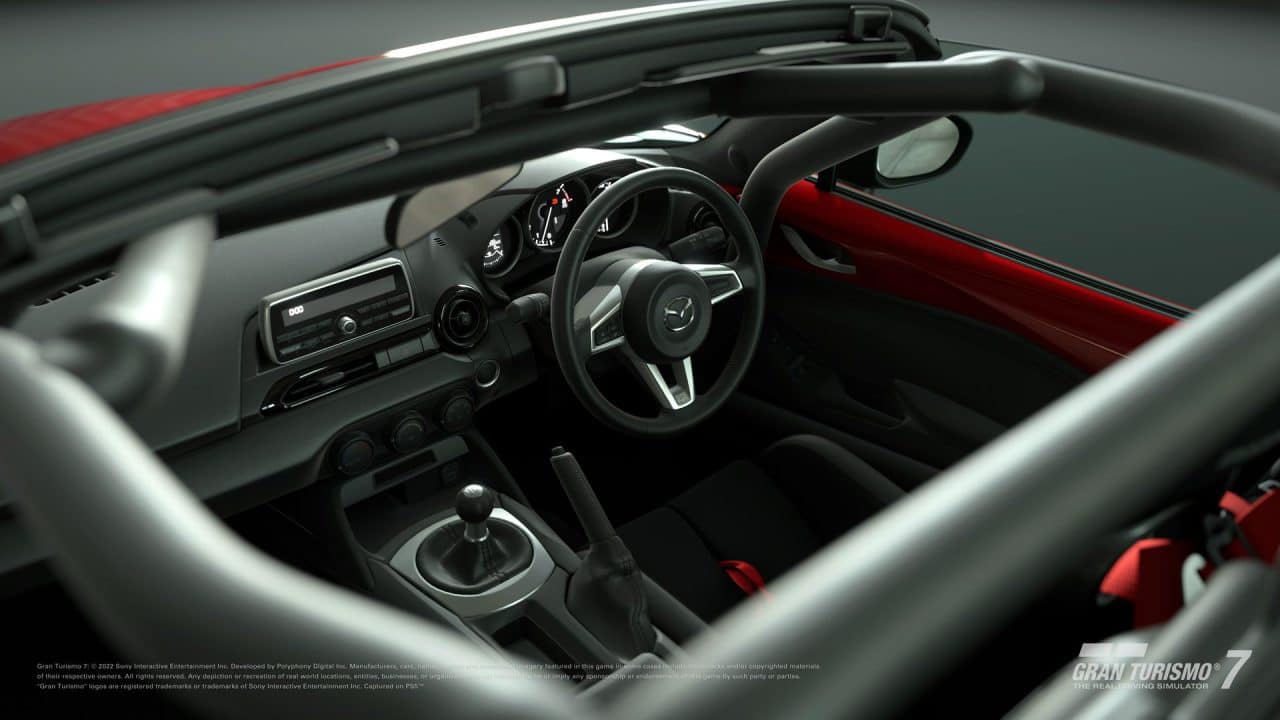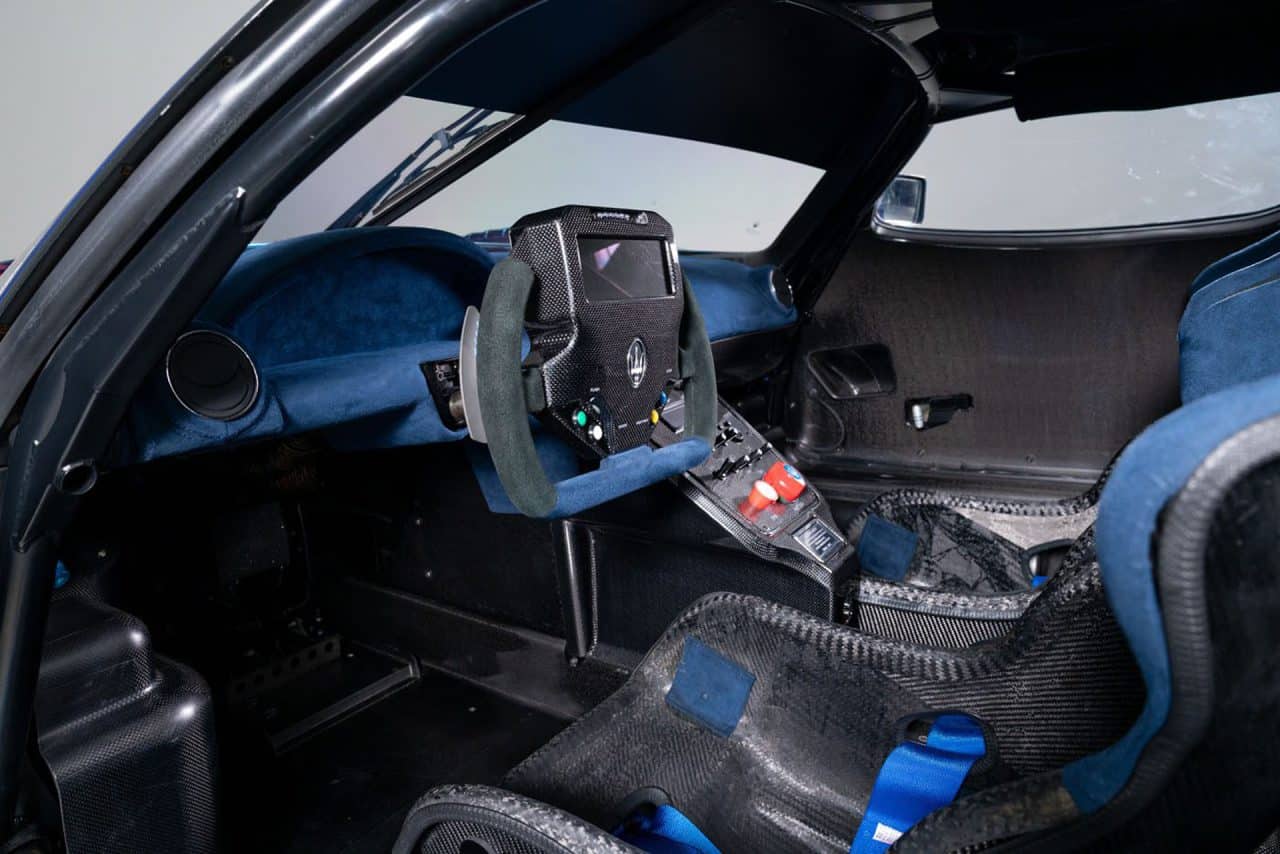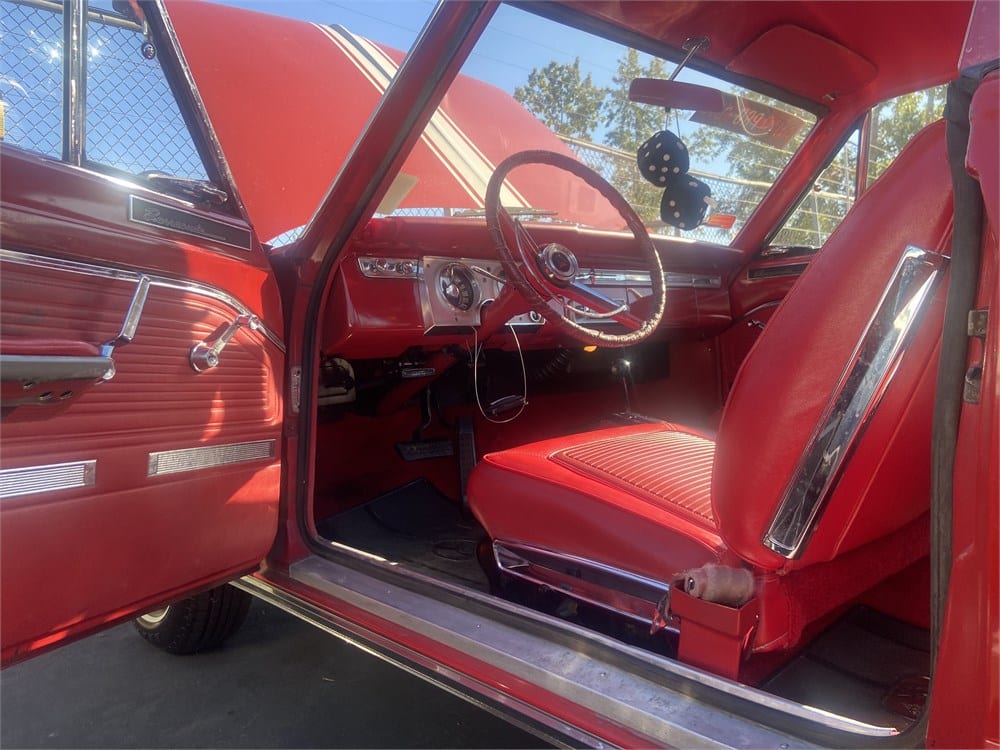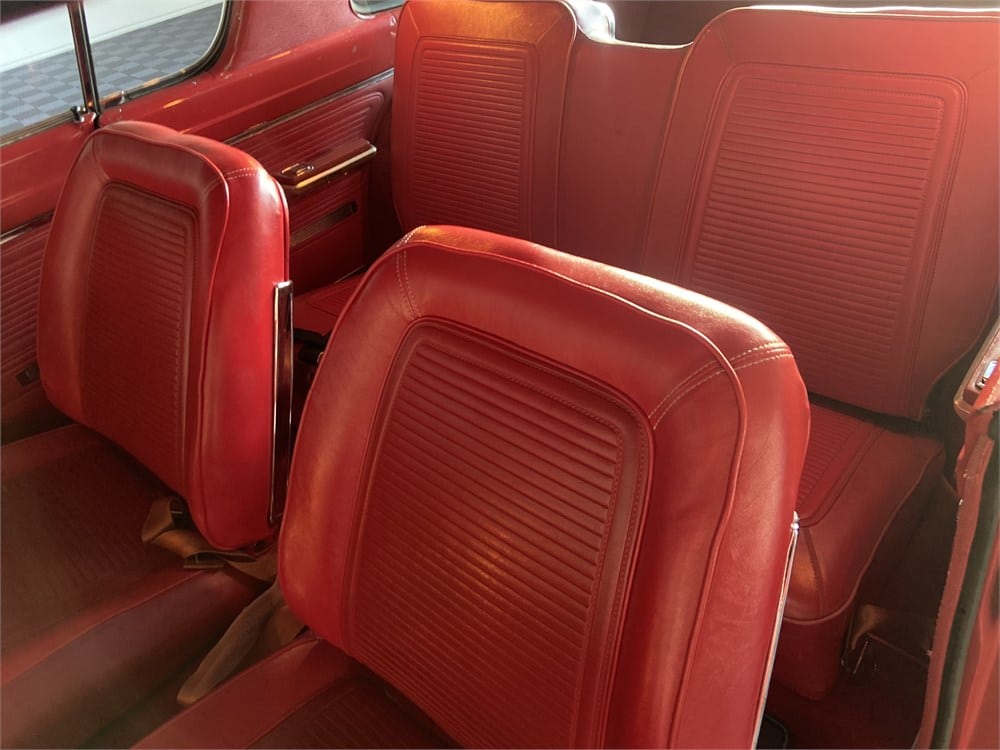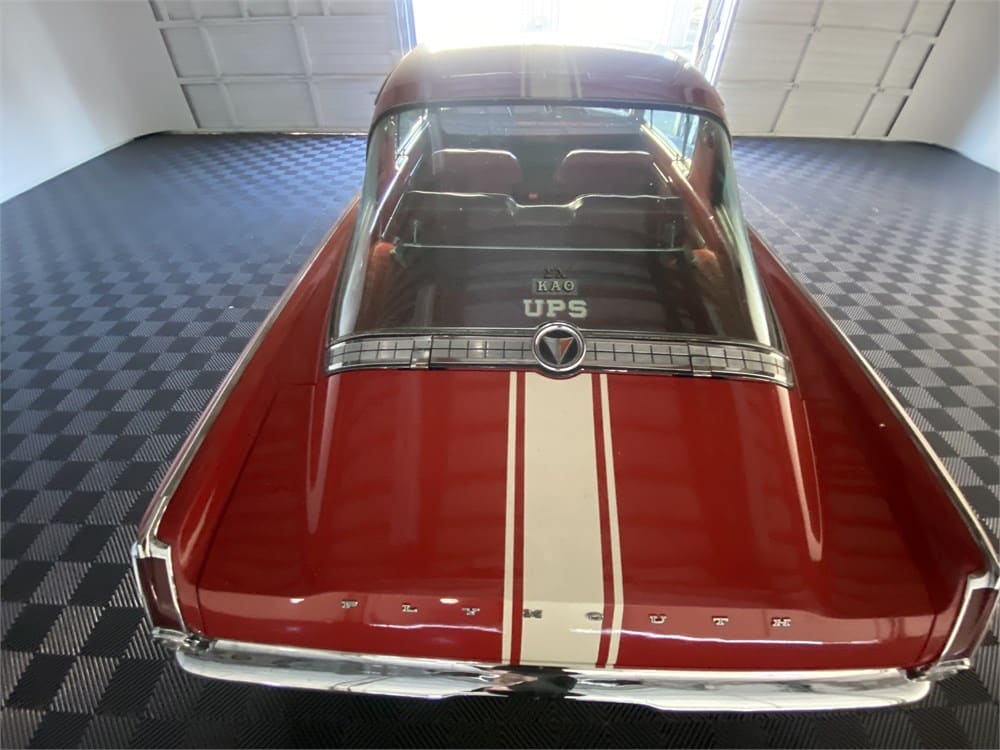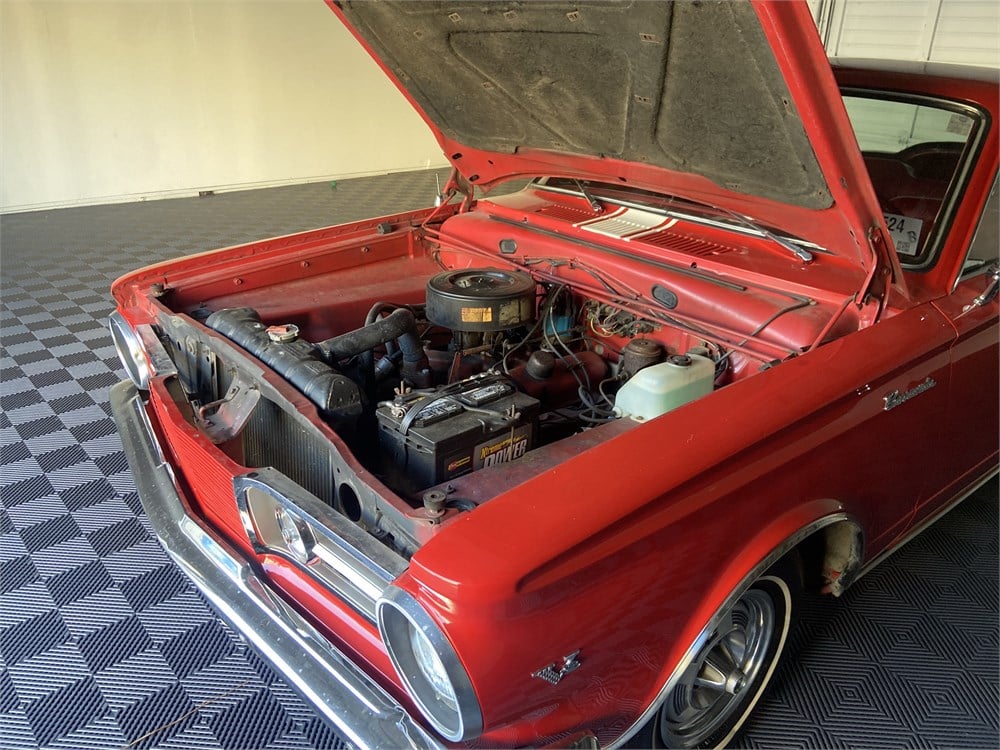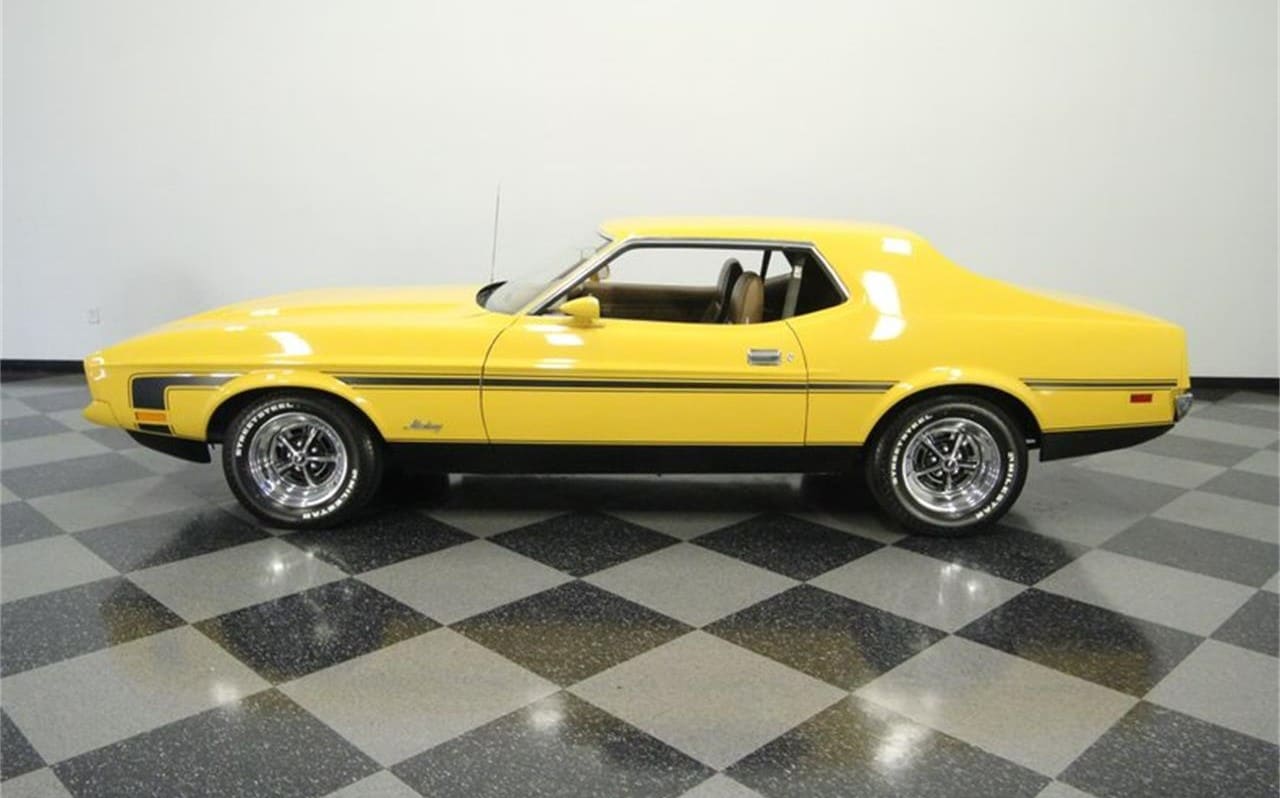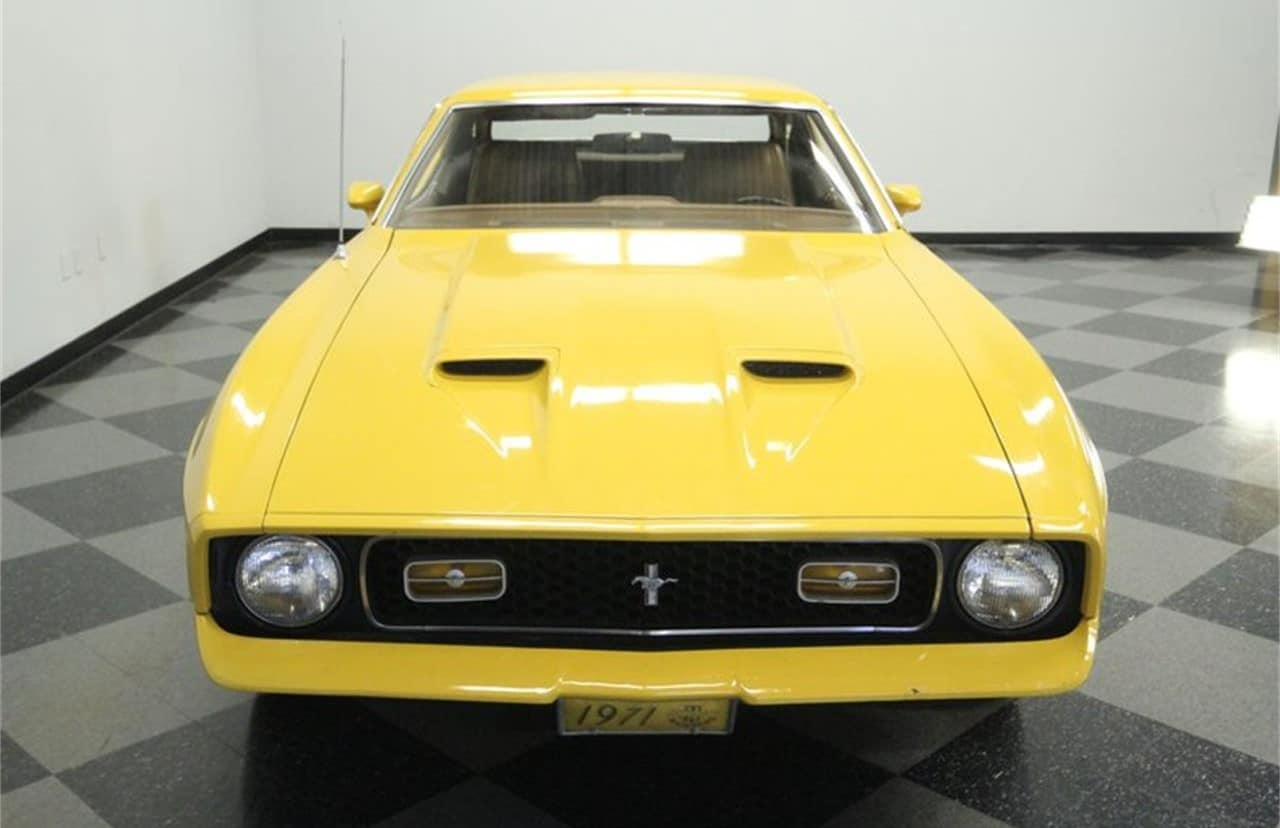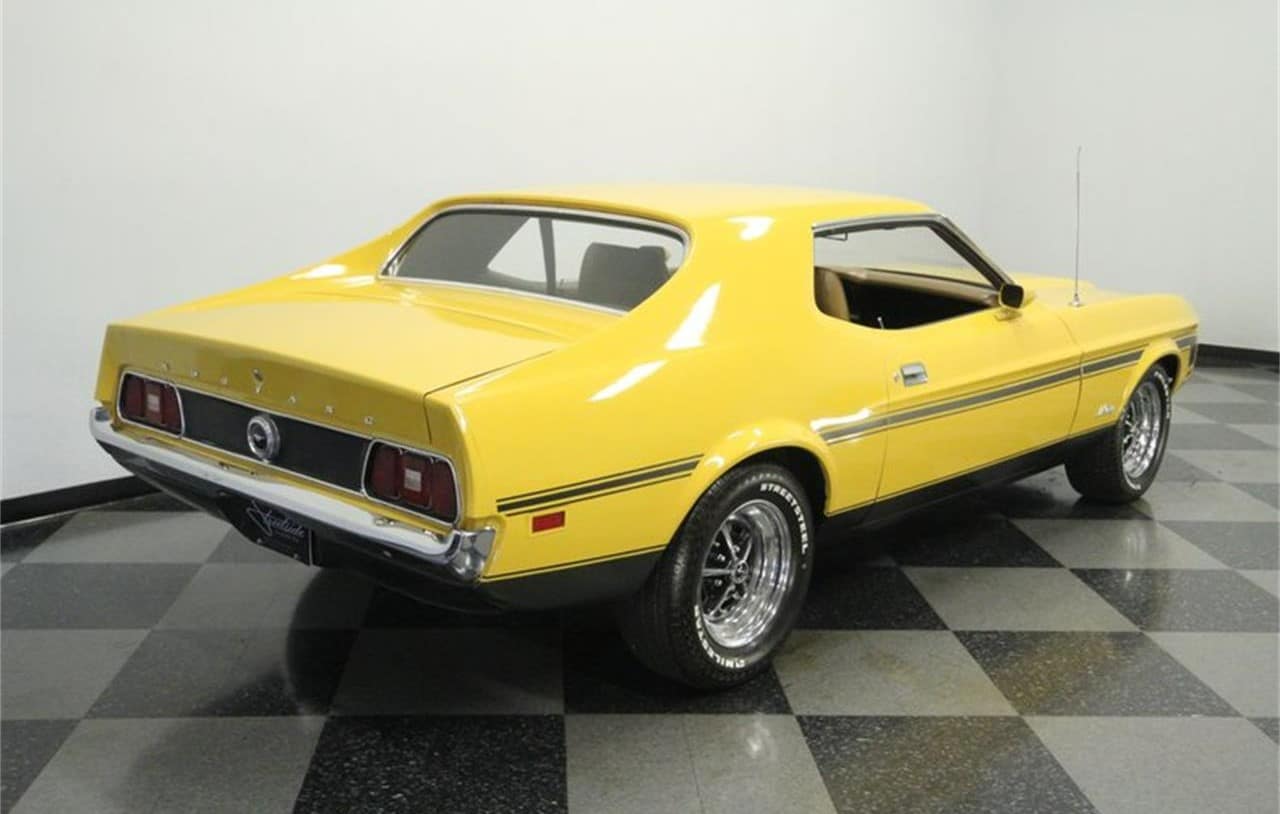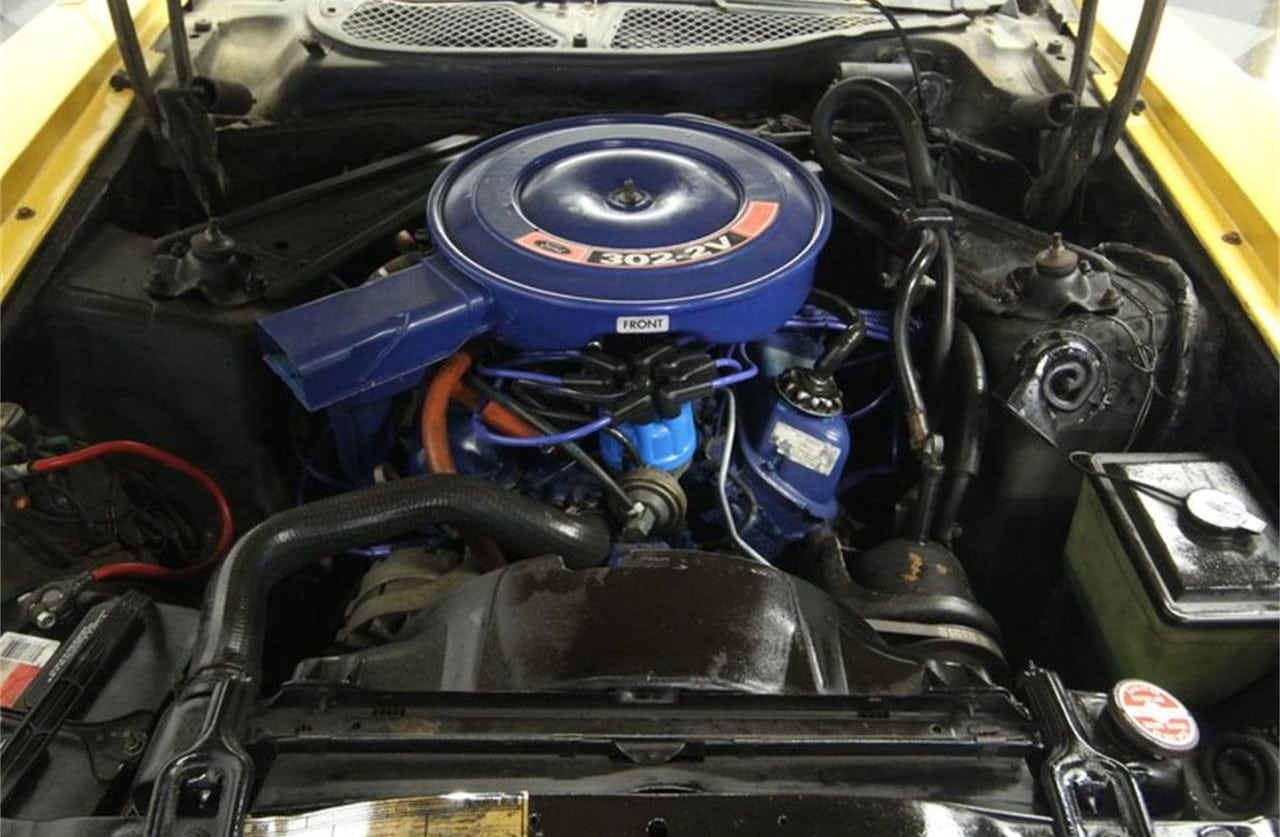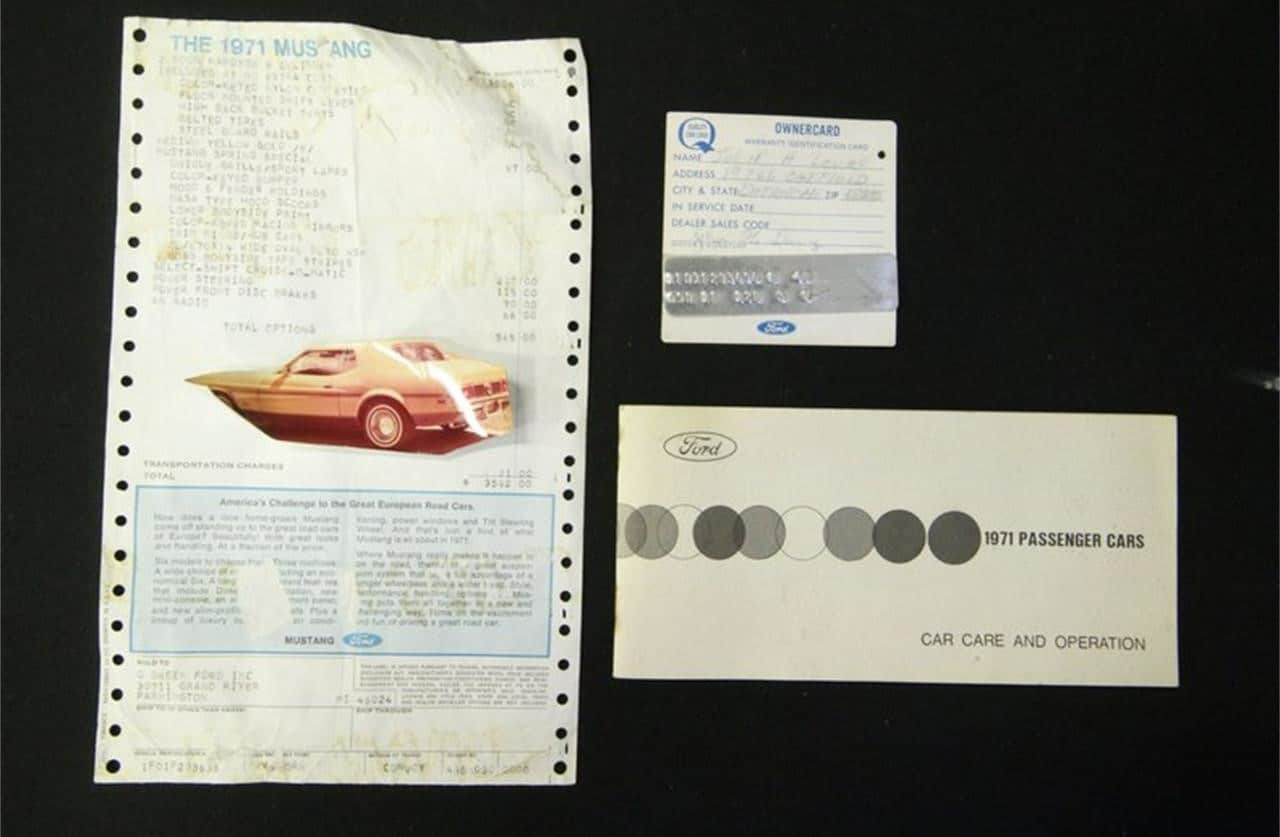The original Chevrolet Corvette with the screened-over headlamps, like this 1954 model listed for sale on Hemmings.com, has a bit of a milquetoast reputation. Though built in the then-high-tech (and lightweight!) material of fiberglass, and with lines intentionally reminiscent of the Jaguar XK-series roadster, the Corvette’s combination of 235-cu.in. Blue Flame Six and two-speed Powerglide automatic transmission, even with 3.55:1 gearing, didn’t match up to the roguish promises of a two-seater that still made use of side curtains.
In fairness, Harley Earl’s purported target was not actual sports car enthusiasts, but collegiate types who wanted sporty transportation with Chevrolet convenience. It delivered that, but there weren’t enough people in its imagined niche to justify its production for long. It was only after the V-8 came along and turned it into a real contender on the burgeoning SCCA sports-car racing circuit—and the looks were re-styled to bring to mind Ferraris instead of Jaguars—that Chevrolet considered the Corvette a successful model.
![How I'd Build a 1954 Corvette]()
Imagine this with three pedals, a floor shifter, a Stewart-Warner tachometer, and the simple horn button of a 150 passenger car. Just enough to tell the observer that there’s more going on here than a mild 235 and Powerglide.
Imagine, though, if one of those early Corvettes had been turned over to a pack of engineers with instructions to build something with some real power—a worthy American equivalent to the XK140. The standard Chevrolet three-speed at that time wasn’t sporty or robust enough to put behind the hopped-up 235 that came standard in the 1953-’54 cars, so it certainly wouldn’t have done the trick if the Corvette engine had been breathed on even harder. Four-speeds like those actually found in Jaguars (a Moss unit with an unsynchronized first gear) were expensive and exotic, but there was a robust and well-respected transmission already in the GM parts bin. Known to hotrodders as the “Cad-LaSalle ‘box,” it was a three-speed used in Cadillacs, LaSalles, and Buicks starting in 1937. In that first year, it used an integrated top shifter, making it the sought-after transmission for high-powered engines in the days before T-10 four-speeds and Hydra-Matics became the norm.
Would its 2-3 shift beat the 2-3-4 combo of a Jaguar trans? Certainly not, but it would be a lot of fun to drive compared with the Powerglide. Especially if we really went wild with the engine.
![How I'd Build a 1954 Corvette]()
The 155hp 235 was not your typical Stovebolt six, but it was still super mild and tractable. A 12-port would wake it up.
The 155 hp 235 was an improvement over the 115 hp unit found in Chevrolet sedans, no doubt, but in the 13 years since the 235 came out, hot rodders had found numerous ways to make the Blue Flame a worthy competitor to the hopped-up flatheads that were the staple of the American performance scene in 1954. Two important names were Wayne Horning and Harry Warner, who had gotten into the business of producing 12-port (six intake/six exhaust), cross-flow cylinder heads for Chevrolet six cylinders and the large-displacement GMC “Jimmy” sixes. By 1953, the partners had gone their separate ways, but Harry Warner was still producing the Wayne 12-port for the Chevrolet engine and both men offered 12-port Jimmy heads.
A Jimmy 302 would be my first choice for this car, but it’s larger externally than the Chevy, and likely would require making some chassis mods I wouldn’t care to perform. A cammed-up 235 (or the nearly identical 261-cu.in. version) with a Wayne 12-port, three Carter YFs (they used them to feed 312-cu.in. V-8s in boats, so I think they’re up to feeding a 12-port 261), and two stainless 3-into-1 headers turning into dual exhausts with glasspack mufflers would completely turn around the attitude of the Corvette roadster.
![How I'd Build a 1954 Corvette]()
That nose-high, speedboat stance actually looks pretty good. To contribute to the cosmetic toughness, I’d swap on body-color steel wheels, blackwalls, and the little bowtie hubcaps used on cheap Chevys.
Beyond that, I wouldn’t change things much. I’d hang the wheelcovers on the garage wall and instead paint the wheels Polo White, wrap them in blackwalls, and top them with ’52 Chevy center caps. That, along with the clutch pedal and the exhaust note would tell the complete story.
How do you like your screen-headlamp Corvettes?

